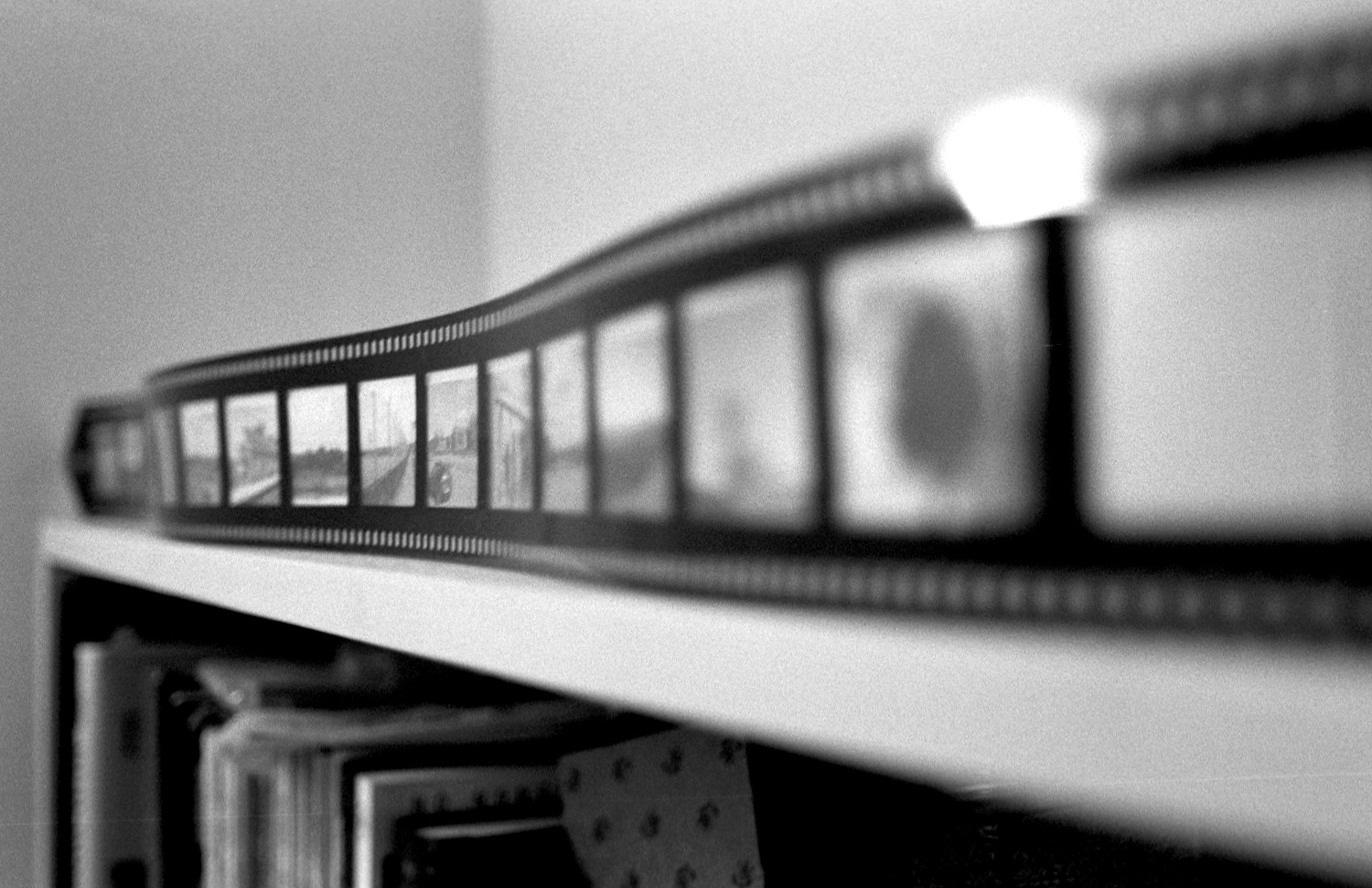Mathew Messa/Staff Writer
Chloe Zhao gives a revelatory account of the lives of a community of nomads through a series of breathtaking landscapes and heartfelt human connections in Nomadland. Based on a book by Jessica Bruder, the film follows an unemployed woman as she travels across Middle and Western America living out of her van.
After losing her husband, and then her job to the 2008 Recession, Fern (Frances McDormand) leaves her home in Empire, Nevada and travels across America taking seasonal odd jobs in different states.
Our first glimpse at her work life is at an Amazon packaging facility. She stumbles and struggles to keep up with the quickening pace that comes with the holiday season. After work, she stops by a sporting goods store, resting and almost falling asleep on a weight lifting bench.
Fern is constantly working, modifying, reminiscing and driving. Her life is an unending toil, yet she resists settling down at all cost. What keeps her going? In short, human connection and a modest, unrelenting attachment to nature.
McDormand acts as though she’s lived in Fern’s persona her entire life – and perhaps she might’ve.
Fern has a wealth of friends, and connections as vast as the American highway system, but she chooses, in most cases, reclusivity.
McDormand is experienced in a life away from the spotlight. In 1996, her performance in the Coen Brothers crime drama Fargo earned her an Oscar for Best Actress, but instead of catapulting into stardom, she stepped away from noisy Hollywood press and publicity for a decade.
Fern, a woman who is perfectly social and caring when she is surrounded by others, but defers from any group or stable climb in traditional American life, reflects McDormand’s persona.
When she is around her friend and fellow nomad Linda May (playing herself), Fern’s heart opens wide. She shows Linda her prized ceramic plates, passed down to her by her father after she graduated high school, and even shares with her the name of her van: Vanguard.
Despite sentimental displays, when Linda and the rest of the nomad community packs up and moves to their next destination, Fern parts ways with her.
This gentle balance between solitary and shared intimacy is what makes McDormand’s performance so alluring. Each of her encounters with travelers is an exploration of the human condition, and each moment in isolation a test of human endurance.
The entire film is brilliantly shot in what feels like a pseudo-documentary format. Zhao shoots every shot of Fern working in a way that feels as though a camera was turned on in the middle of their shift.
A man ignores her warning as she’s cleaning the restrooms, and the whirring of machines drowns out Linda May’s enthusiastic response at a daily safety briefing in the packaging plant.
Adding to the realist element of the film is Zhao’s decision to cast many of the actual nomads from Bruder’s non-fiction novel by the same name. Swankie, Bob, and Linda May, who offer the most compelling interactions with McDormand’s character in the film, are real life nomads.
Nature is as real a character as the nomads thanks to Zhao’s brilliant framing. When Fern needs to clear her head, she simply escapes to a dense forest with towering ancient trees, or a rocky, wave-battered coast.
Fern silently connects with these settings, and each time she drifts off to one of them, it becomes easier to see why she refuses to settle down.
Combining realism with the fantastic landscapes Zhao captures on Fern’s unending journey, the film offers a surreal experience that tells the story of an unconventional, unseen way of American life.






Be the first to comment on "Nomadland is a Rough, Reflective Journey Through an Unknown American Lifestyle"